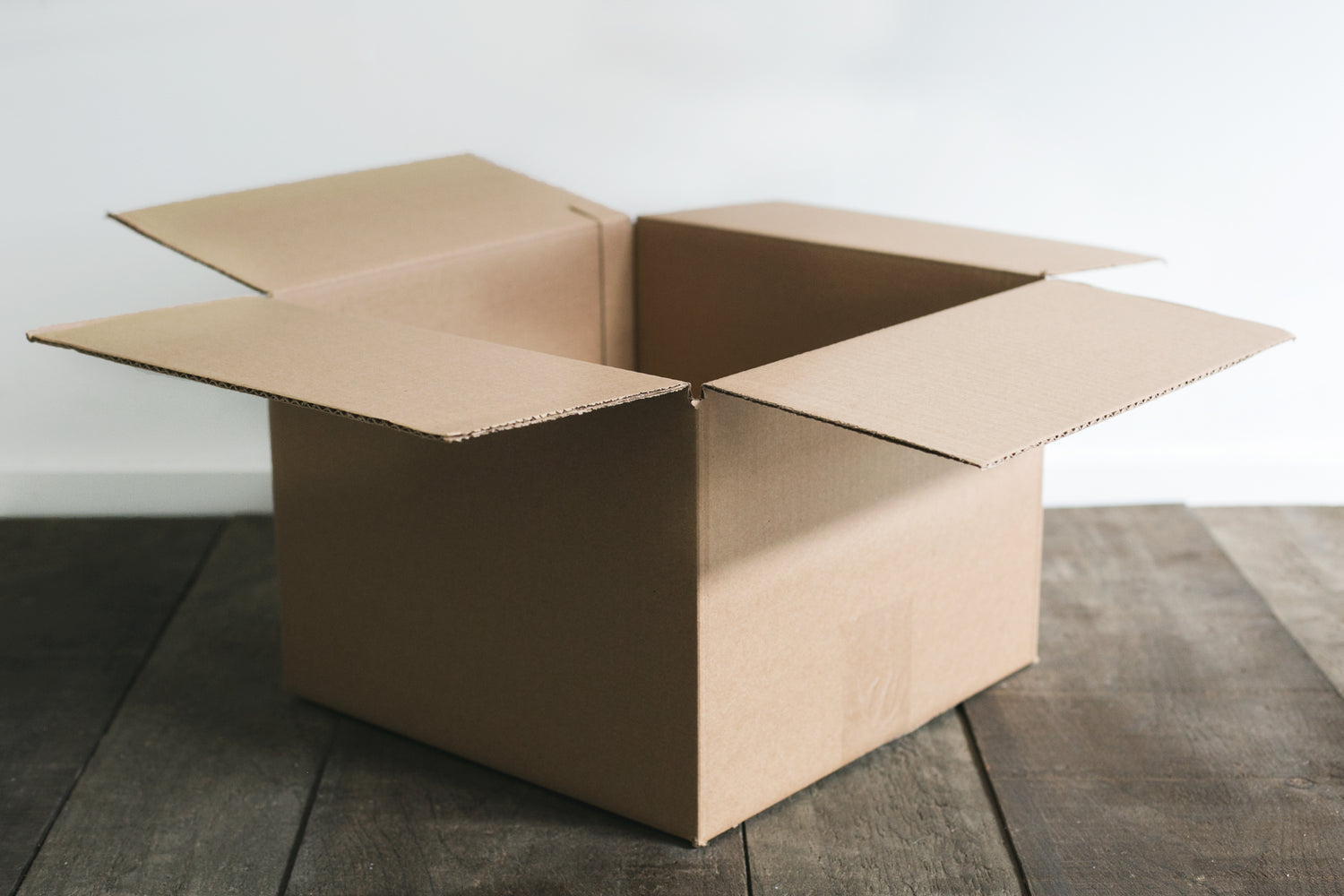HARIO V60 Material and Temperature Comparison

For those attempting to research how the materials of a HARIO V60 performs, we know that much of the information out there can be unsubstantiated and a little bit confusing! Here at Eight Ounce, we have a multitude of pour overs that we test and use on a regular basis. I wanted to tackle this topic in particular and use this as an opportunity to compare the temperature differences between each product.
I tested four popular HARIO V60-02s, all made of different materials:
I set up this experiment to test the variable temperature performance of each material. The measuring tool used was a thermocouple inserted between a pre-wet filter and the internal wall of each pour over. This was prepared in a way so that I could get an accurate reading of the temperature and how it affects the coffee.
The Procedure:
- 20g of coffee
- 320g of water at 93°C (~200°F)
- 40 grams pre-heat/rinse filter
- 60 grams, 10 second pre-bloom
- 30 second bloom
- ~3 minute and 15 second brew time
I recorded a video of the timer and thermocouple reader while I was doing the pour. This way I could later come back to the recorded information and input my results on a graph. At the beginning of each pour over, I started the timer and did a pre-bloom of 60 grams with 93°C water within a total of 10 seconds. I then let the coffee fully bloom for 30 seconds, and started my final pour at 40 seconds. Once the timer reached 90 seconds, I stopped pouring and let the coffee drip. I tried to keep all pour overs as consistent as possible, having a brew time of ~195 seconds. At 270 seconds, I would click a beeper to help me stay on track, and would stop all tests at 300 seconds.



In this graph, I manually input each temperature reading every 10 seconds, all the way up to 300 seconds (5 minutes):
 The Results:
The Results:
Overall, each material seemed to be fairly consistent in their own way. The biggest differences showed itself during the blooming phase, followed by a few seconds after. While glass showed a more difficult time picking up on heat in the blooming stage, metal seemed to conduct and lose heat much quicker than the plastic, ceramic, and glass options.
Considering how close the results were, the heat retention during the pour over time appear to have negligible difference. As for tips to making good coffee, we highly recommend using the right equipment. A lot of tests and hard work happen behind the scenes into making good coffee equipment, and we always want to commend those efforts. Be sure to check the quality and grind of the beans, as well as getting the right recipe and method suitable for that particular bag of coffee! This will ensure a good cup of coffee for your day.
I hope this information comes of use into purchasing the right equipment for you. Happy brewing!
For a more detailed description of the difference between each V60 material, you can find that here.





